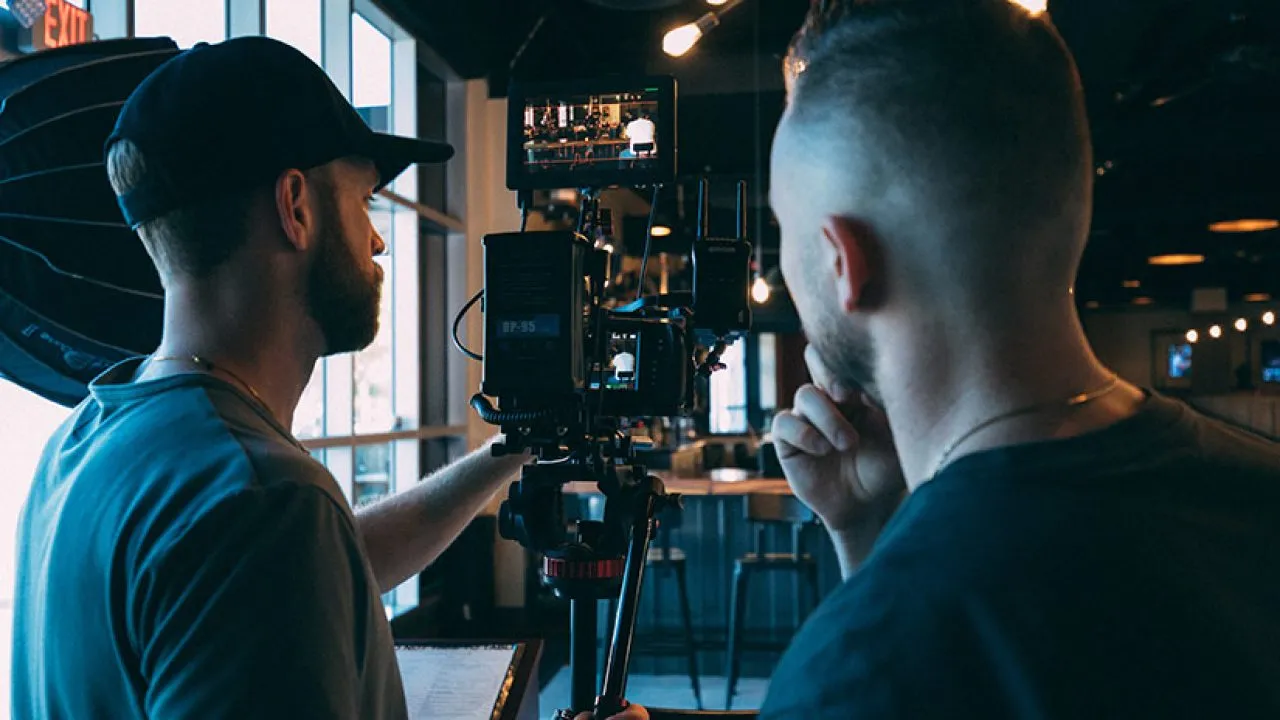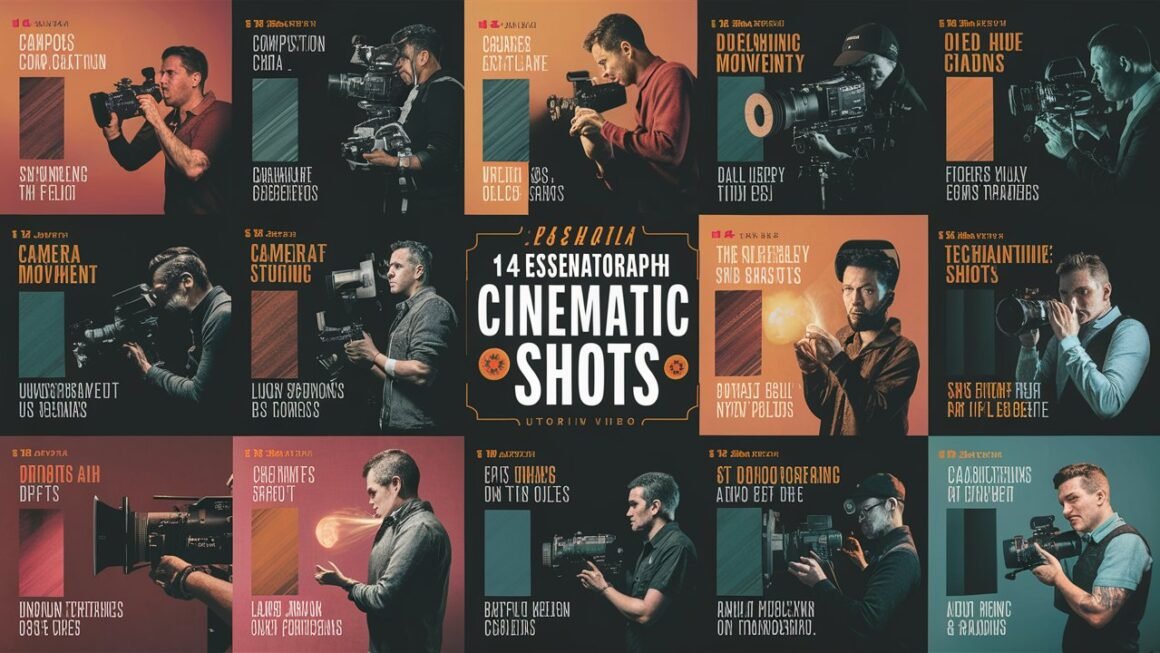In the world of filmmaking, mastering cinematography techniques is crucial for creating captivating visuals and engaging storytelling. Whether you’re a beginner or an experienced filmmaker, understanding these fundamental techniques can elevate the quality of your films. In this comprehensive guide, we’ll explore 14 Basic Cinematography & Film Techniques for Better Cinematic Shots that can help you improve your cinematography skills and create better cinematic shots.
Table of Contents
- Lighting Techniques
- Composition and Framing
- Camera Movement
- Shot Types and Angles
- Depth of Field
- Color Grading
- Aspect Ratio
- Sound Design
- Editing Techniques
- Production Design
- Storyboarding
- Directing Actors
- Special Effects
- Post-Production

1. Lighting Techniques
- Natural Light: Utilize natural light sources to create a soft, flattering look.
- Artificial Light: Experiment with different types of artificial lights to achieve the desired mood and atmosphere.
2. Composition and Framing
- Rule of Thirds: Divide the frame into thirds both horizontally and vertically and place key elements along these lines.
- Leading Lines: Use lines within the frame to lead the viewer’s eye to the main subject.
3. Camera Movement
- Pan: Rotate the camera horizontally to capture a panoramic view.
- Tilt: Move the camera vertically to reveal or focus on different elements in the frame.
4. Shot Types and Angles
- Wide Shot: Establishes the setting and shows the relationship between characters and their environment.
- Close-up: Focuses on a specific detail or emotion, creating intimacy with the subject.
5. Depth of Field
- Shallow Depth of Field: Blurs the background, drawing attention to the subject.
- Deep Depth of Field: Keeps everything in focus, creating a sense of depth and detail.
6. Color Grading
- Warm vs. Cool Colors: Use color tones to evoke specific emotions or moods.
- Contrast: Adjust the contrast to enhance the visual impact of your shots.
7. Aspect Ratio
- Standard vs. Widescreen: Choose the aspect ratio that best suits your film’s aesthetic and narrative.
8. Sound Design
- Ambient Sounds: Add depth and realism to your scenes with subtle ambient sounds.
- Music: Use music to enhance the mood and emotional impact of your film.
9. Editing Techniques
- Cutting on Action: Cut between shots during a character’s movement to maintain continuity.
- Montage: Use a series of short shots to condense time or convey information.
10. Production Design
- Sets and Locations: Choose sets and locations that enhance the visual style and storytelling of your film.
- Costumes and Props: Use costumes and props to add detail and authenticity to your characters and scenes.
11. Storyboarding
- Visualize Shots: Create a storyboard to plan out the visual composition of each shot.
- Shot List: Compile a shot list to ensure you capture all necessary shots during filming.
12. Directing Actors
- Blocking: Work with actors to determine their movements and positions within the frame.
- Emotional Guidance: Provide actors with emotional direction to enhance their performances.
13. Special Effects
- Practical Effects: Use physical effects on set to create realistic and impactful visuals.
- Visual Effects: Enhance your shots with computer-generated imagery (CGI) for more complex effects.
14. Post-Production
- Color Correction: Adjust the colors of your footage to achieve a consistent look and feel.
- Sound Mixing: Combine different audio elements to create a balanced and immersive sound experience.
Conclusion
By mastering these 14 Basic Cinematography & Film Techniques for Better Cinematic Shots, you can enhance the visual quality and storytelling of your films. Experiment with these techniques, and don’t be afraid to push the boundaries of your creativity. With practice and dedication, you can elevate your cinematography skills and create cinematic shots that captivate and inspire your audience.
